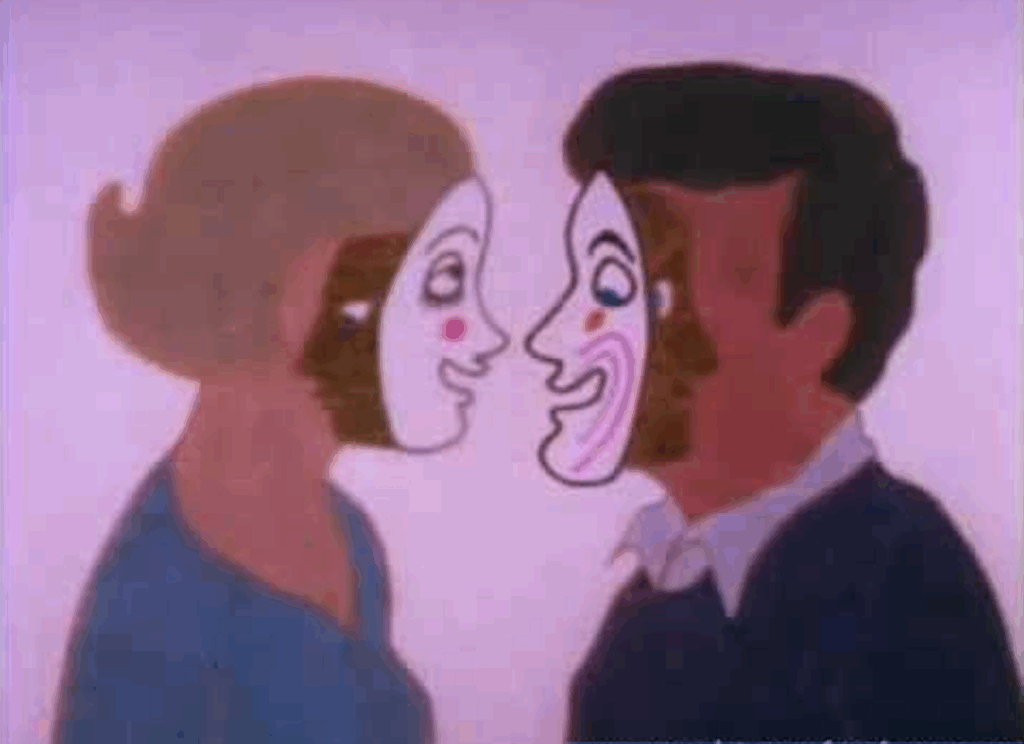
"Difficult as it may be to remember now, there was a time when Meryl Streep was not yet synonymous with silver-screen stardom - a time, in fact, when she had yet to appear on the silver screen at all. Half a century ago, she was just another young stage actress in New York, albeit one rapidly ascending the rungs of theatrical prestige, doing three Shakespeare plays and then starring in Weill, Hauptmann, and Brecht's Happy End on Broadway."
"Streep made that debut in Everybody Rides the Carousel, a now-obscure animated film that dramatizes post-Freudian psychologist Erik Erikson's eight stages of psychosocial development. First published in his book Childhood and Society in 1950, this scheme captured the imagination of the mid-century American public, growing ever hungrier as it was for clear, legible systems of self-understanding. Erikson conceived of each age of man as a struggle for resolution between two opposing forces: in infancy, for example, trust versus mistrust;"
"The young Meryl Streep, or rather her voice, appears in the sixth stage, early adulthood, whose theme is love. She acts out that age's contest of intimacy and isolation with Charles Levin, another up-and-comer who would go on to achieve wide recognition on television shows like Alice, Hill Street Blues, and ( just once, but mem"
Meryl Streep started as a New York stage actress, performing Shakespeare and musicals before her screen recognition. Her first film work was a voice role in Everybody Rides the Carousel, an animated dramatization of Erik Erikson's eight psychosocial stages. Erikson's framework, published in Childhood and Society (1950), framed human development as successive struggles between opposing outcomes, such as trust versus mistrust and identity versus role confusion. Streep's contribution appears in the sixth stage, early adulthood, centered on love, where she performs an enactment of the contest between intimacy and isolation alongside Charles Levin.
Read at Open Culture
Unable to calculate read time
Collection
[
|
...
]